As we get our gardens planted for the season, it's always nice to incorporate pretty flowers to add some landscape appeal. But, did you know that certain flowers can also benefit your fruit and vegetable gardens?
Pollinator-friendly flowers provide nectar and pollen sources for bees, butterflies, and other beneficial insects. Some popular pollinator-friendly flowers include bee balm, lavender, coneflower, cosmos, zinnia, sunflower, and salvia. By incorporating these flowers into your garden, you can create a vibrant habitat that attracts and sustains pollinators throughout the growing season.
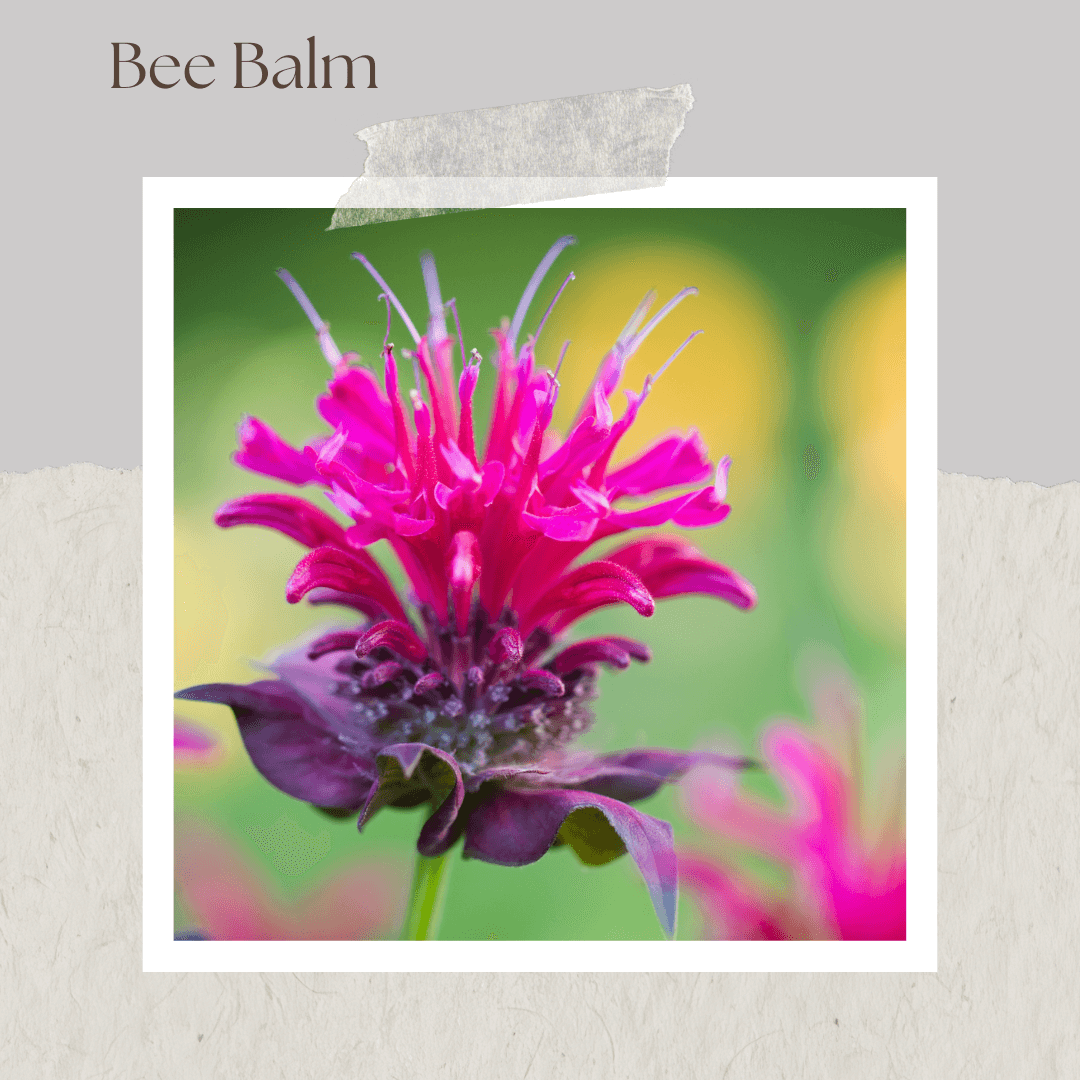 Bee Balm is a perennial herbaceous plant native to North America. It is also commonly referred to as wild bergamot or Oswego tea. Bee balm is prized for its vibrant, showy flowers that come in various shades of pink, red, purple, and white, depending on the cultivar.
Bee Balm is a perennial herbaceous plant native to North America. It is also commonly referred to as wild bergamot or Oswego tea. Bee balm is prized for its vibrant, showy flowers that come in various shades of pink, red, purple, and white, depending on the cultivar.Bee balm is an excellent choice for attracting pollinators such as bees, butterflies, and hummingbirds to the garden. Here's how bee balm benefits pollinators:
- Abundant Nectar: Bee balm produces copious amounts of nectar, which serves as a rich food source for pollinators. Bees, in particular, are attracted to the sweet nectar produced by the tubular flowers of bee balm.
- Long Blooming Period: The flowers of bee balm typically bloom from mid- to late summer, providing a consistent source of nectar for pollinators during this time when other flowering plants may be scarce.
- Attractive to a Variety of Pollinators: While the name "bee balm" suggests its primary attraction to bees, this plant also draws in other pollinators such as butterflies and hummingbirds, enhancing the overall biodiversity of the garden.
- Native Plant Benefits: Bee balm is indigenous to North America, making it well-adapted to local climates and soil conditions. By incorporating native plants like bee balm into your garden, you can support local ecosystems and promote biodiversity.
- Ornamental Value: In addition to its ecological benefits, bee balm is prized for its ornamental qualities. Its striking flowers add a burst of color and visual interest to garden beds, borders, and wildflower meadows.
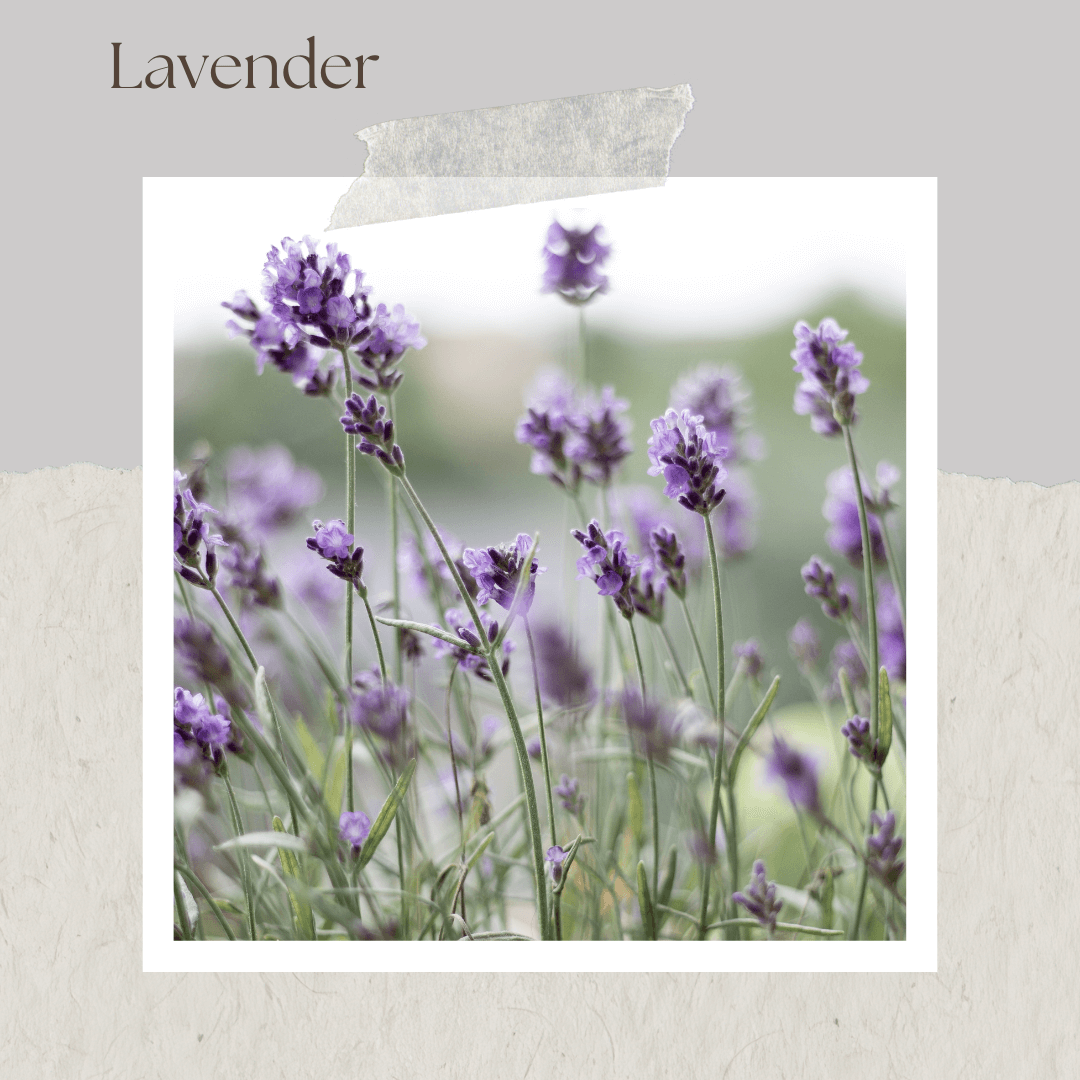 Lavender is native to the Mediterranean region but is cultivated worldwide for its aromatic foliage and beautiful flowers. Lavender is known for its distinctive scent, soothing properties, and ornamental value in gardens.
Lavender is native to the Mediterranean region but is cultivated worldwide for its aromatic foliage and beautiful flowers. Lavender is known for its distinctive scent, soothing properties, and ornamental value in gardens. Here's how lavender benefits pollinators:
- Abundant Nectar: Lavender produces small, fragrant flowers that are rich in nectar, making them attractive to a variety of pollinators, including bees, butterflies, and hoverflies. Bees, in particular, are drawn to lavender for its abundant nectar, which they collect to make honey.
- Extended Blooming Period: Depending on the variety and climate, lavender can bloom from late spring through summer and into early fall. This extended flowering period provides a consistent food source for pollinators throughout the growing season when other floral resources may be limited.
- Easy Accessibility: Lavender flowers have open, tubular shapes that are easily accessible to pollinators seeking nectar and pollen. The flowers are arranged in dense spikes, allowing multiple pollinators to feed simultaneously.
- Drought Tolerance: Lavender is well-adapted to dry, sunny conditions, making it a resilient plant in many gardens. Its ability to thrive in drought-prone areas makes it a valuable resource for pollinators during periods of water scarcity when other flowering plants may struggle.
- Low Maintenance: Once established, lavender is relatively low maintenance and requires minimal watering and fertilization. This makes it an attractive option for gardeners looking to create pollinator-friendly landscapes with minimal effort.
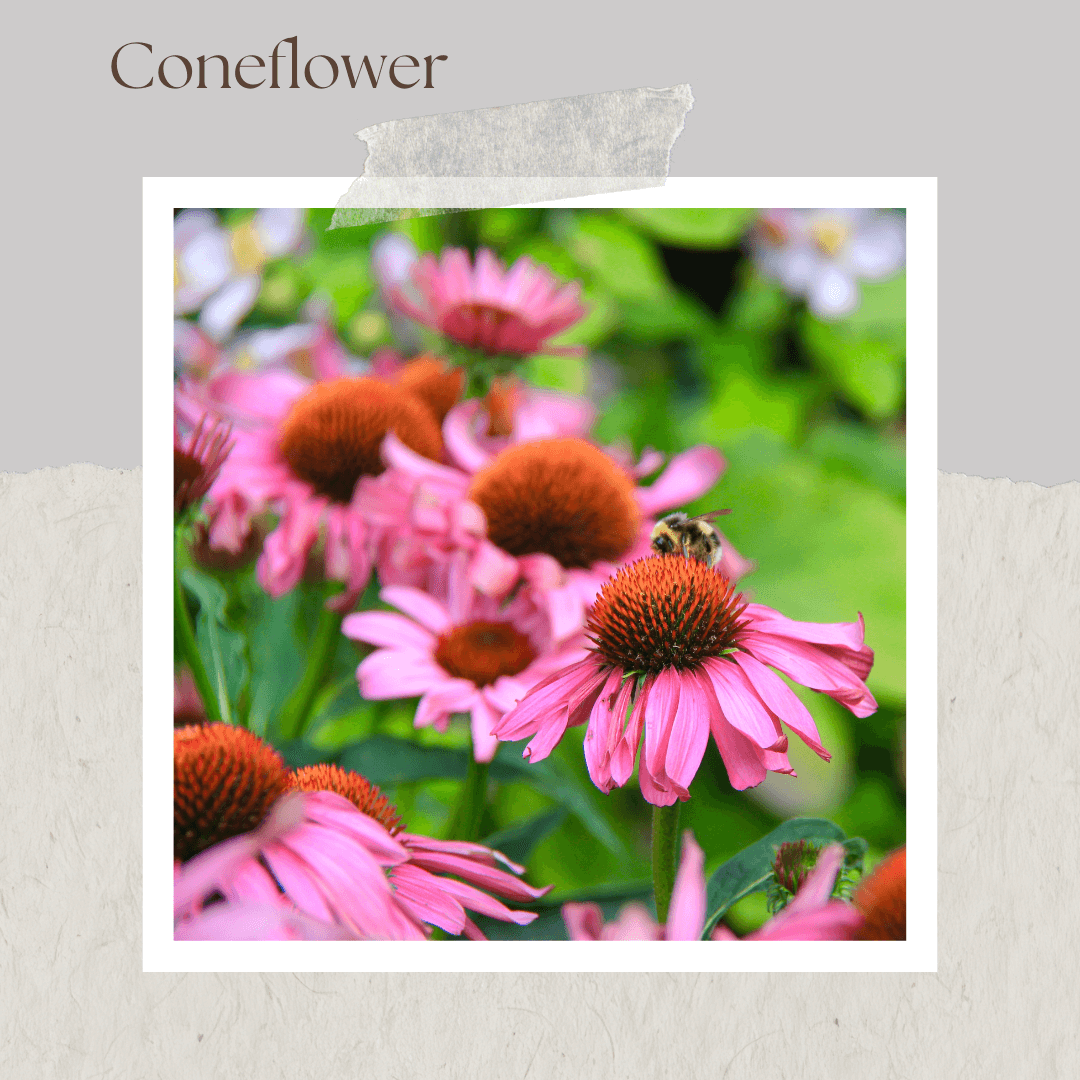
Coneflower, also known as Echinacea, is native to North America. These plants are cherished for their striking daisy-like flowers with prominent, cone-shaped centers. Coneflowers come in various colors, including purple, pink, white, and yellow, depending on the species and cultivar.
Here's how coneflower benefits pollinators:
- Rich in Nectar and Pollen: Coneflower produces abundant nectar and pollen, making it a valuable food source for a wide range of pollinators, including bees, butterflies, and hummingbirds. The tubular disc florets in the center of the coneflower attract pollinators seeking nectar, while the surrounding ray florets provide easy access to pollen.
- Long Blooming Period: Coneflowers typically bloom from early summer to late fall, providing a consistent supply of nectar and pollen throughout the growing season. This extended flowering period ensures that pollinators have access to food even when other flowering plants are not in bloom.
- Attracts a Variety of Pollinators: Coneflowers are known for their ability to attract diverse pollinators due to their abundant nectar and colorful flowers. Bees, including honeybees and native bees, are frequent visitors to coneflowers, along with butterflies, such as monarchs and swallowtails, and hummingbirds.
- Drought Tolerant and Easy to Grow: Coneflowers are well-adapted to a wide range of growing conditions, including dry, sunny areas with poor soil. They are drought-tolerant once established and require minimal maintenance, making them an excellent choice for pollinator gardens and landscapes.
- Native Plant Benefits: Many species of coneflower are native to North America, making them valuable additions to native plant gardens and restoration projects. By incorporating native coneflowers into your landscape, you can support local ecosystems and promote biodiversity.
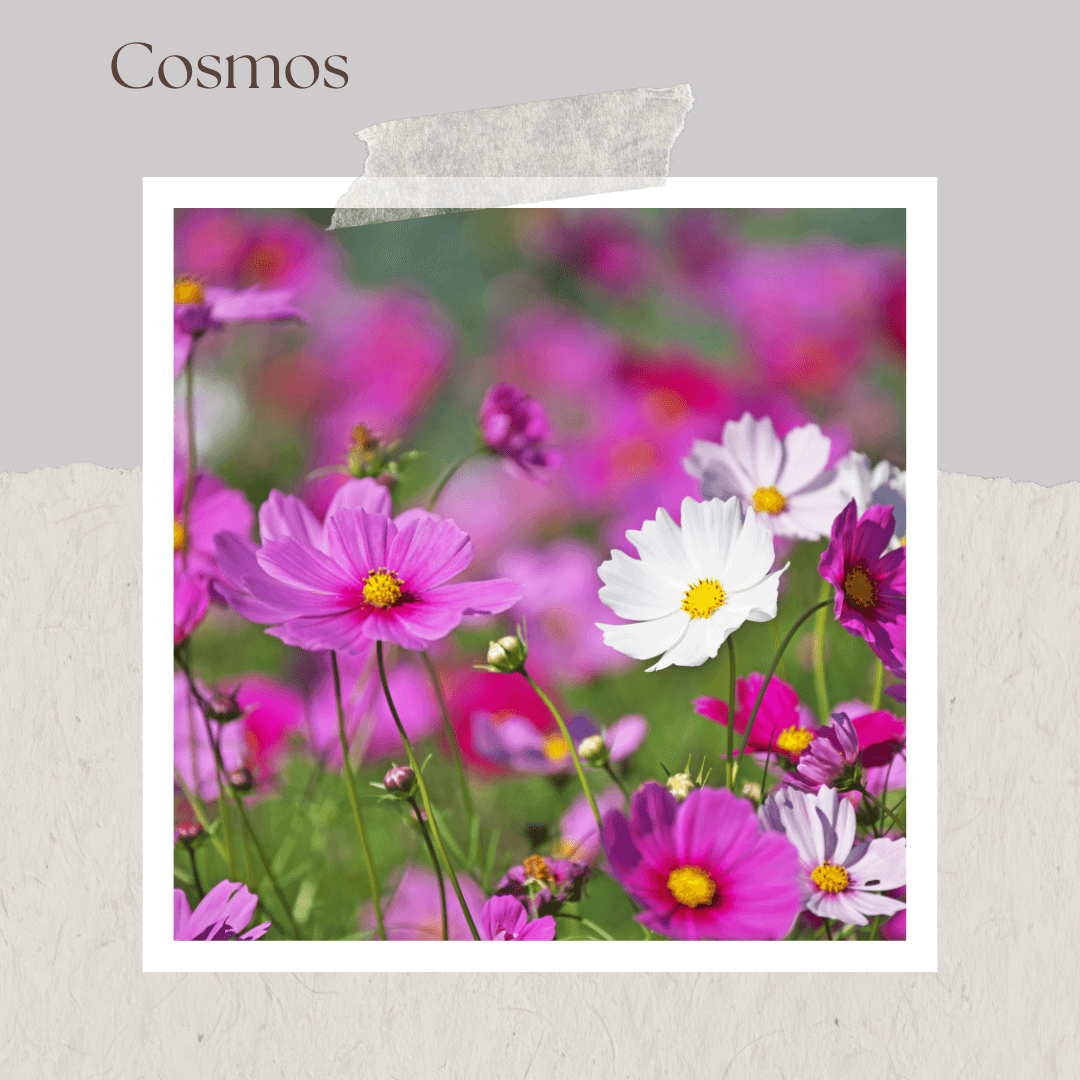
Cosmos flowers are annual flowering plants native to Mexico and the southern United States. They are renowned for their delicate, daisy-like flowers that come in a range of colors, including white, pink, red, and purple. Cosmos flowers have a long blooming period, typically from early summer to fall, making them a popular choice for gardens, borders, and wildflower meadows.
Here's how cosmos flowers benefit pollinators:
- Abundant Nectar and Pollen: Cosmos flowers produce copious amounts of nectar, which serves as a valuable food source for pollinators such as bees, butterflies, and hoverflies. The flowers also offer plentiful pollen, which is essential for the nutrition and reproduction of many insect species.
- Easy Accessibility: The open, daisy-like structure of cosmos flowers makes them easily accessible to a wide range of pollinators, including bees with varying tongue lengths, butterflies, and other flying insects. Pollinators can land on the flat, open petals and access the nectar and pollen with ease.
- Attracts a Variety of Pollinators: Cosmos flowers are known for their ability to attract a diverse array of pollinators, including native bees, honeybees, bumblebees, and butterflies. These pollinators are drawn to the colorful blooms and sweet nectar of cosmos flowers, enhancing the biodiversity of the garden.
- Long Blooming Period: Cosmos flowers have a prolonged blooming season, often lasting from early summer until the first frost. This extended flowering period provides a continuous source of food for pollinators throughout the growing season, supporting their health and well-being.
- Self-Sowing and Low Maintenance: Cosmos flowers readily self-sow, meaning they drop seeds that germinate and grow new plants without the need for human intervention. This self-sowing behavior makes cosmos flowers an easy-to-grow and low-maintenance addition to pollinator gardens, requiring minimal care once established.

Zinnia flowers are colorful annual plants native to Mexico and Central America. They are prized for their vibrant, daisy-like blooms that come in a wide range of colors, including red, orange, yellow, pink, purple, and white. Zinnias are popular garden plants due to their long-lasting flowers, easy cultivation, and attractiveness to pollinators.
Here's how zinnia flowers benefit pollinators:
- Abundant Nectar and Pollen: Zinnia flowers produce ample amounts of nectar, which serves as a valuable food source for pollinators such as bees, butterflies, and hoverflies. The flowers also offer abundant pollen, essential for the nutrition and reproduction of many insect species.
- Variety of Flower Shapes: Zinnia flowers come in various shapes and sizes, including single, semi-double, and double blooms. This diversity of flower forms provides options for different types of pollinators, accommodating those with varying feeding preferences and mouthpart structures.
- Long Blooming Period: Zinnias have a prolonged blooming season, typically from early summer to fall, providing a continuous source of food for pollinators throughout the growing season. Their extended flowering period ensures that pollinators have access to nectar and pollen even when other flowering plants are not in bloom.
- Attracts a Wide Range of Pollinators: Zinnias are known for their ability to attract a diverse array of pollinators, including bees (both native and honeybees), butterflies, moths, and hummingbirds. The brightly colored blooms and sweet nectar of zinnias make them highly attractive to these beneficial insects and birds.
- Easy to Grow and Low Maintenance: Zinnias are easy-to-grow annuals that thrive in full sun and well-drained soil. They are relatively low maintenance and require minimal care once established, making them an ideal choice for pollinator gardens and landscapes.
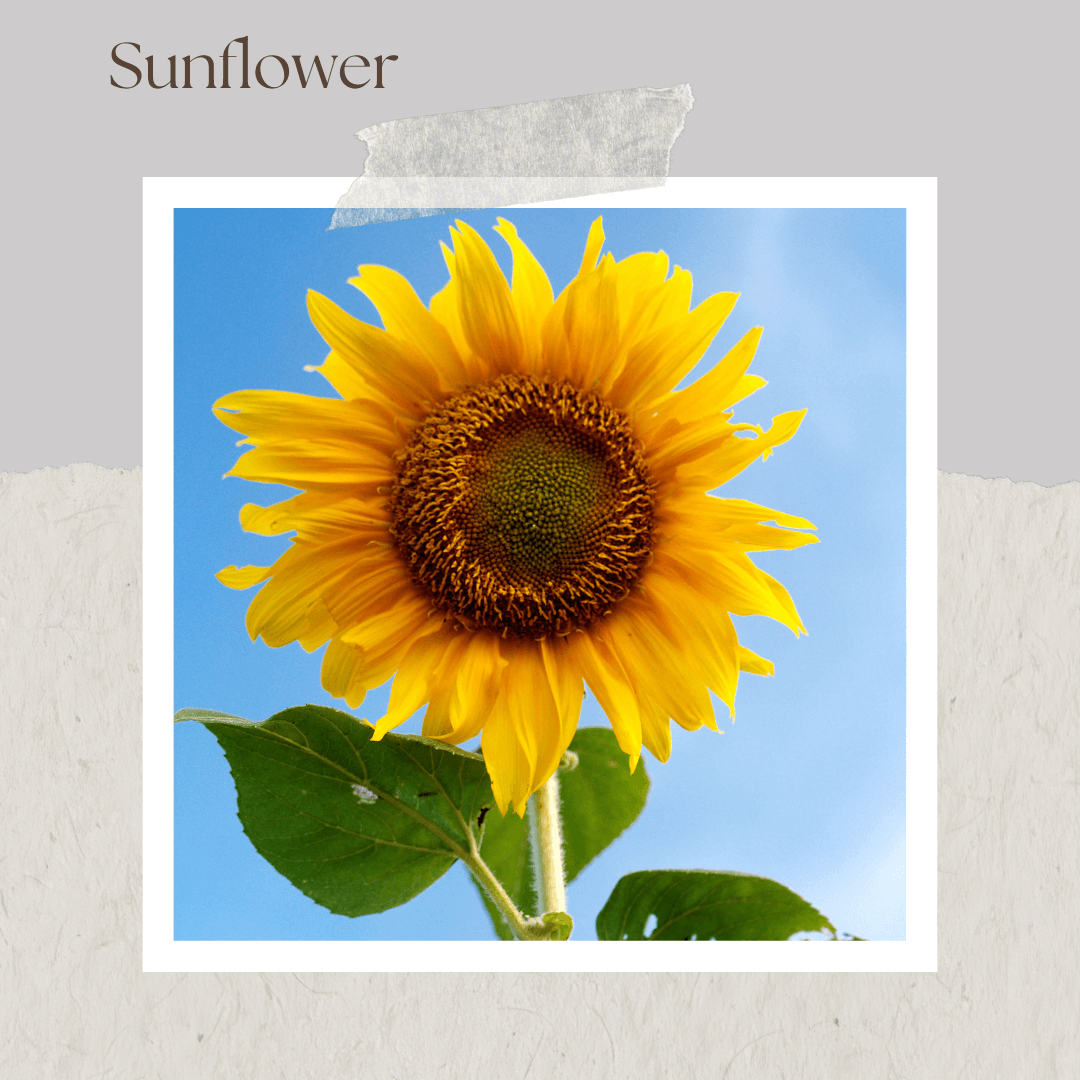
Sunflowers are iconic annual plants native to North America. They are characterized by their tall, sturdy stems and large, vibrant flowers with distinctive yellow petals and dark centers. Sunflowers are not only popular ornamental plants but also valuable crops grown for their nutritious seeds and oil.
Here's how sunflowers benefit pollinators:
- Abundant Nectar and Pollen: Sunflowers produce copious amounts of nectar, which serves as a rich food source for pollinators such as bees, butterflies, and hoverflies. The flowers also offer abundant pollen, which is essential for the nutrition and reproduction of many insect species.
- Large Flower Heads: The large, conspicuous flower heads of sunflowers provide ample landing space for pollinators, making it easy for them to access the nectar and pollen. The numerous disc florets in the center of the flower contain the nectar and pollen, attracting a wide range of pollinators.
- Extended Blooming Period: Sunflowers have a long blooming season, typically from mid-summer to early fall, providing a continuous source of food for pollinators throughout the growing season. Their extended flowering period ensures that pollinators have access to nectar and pollen even when other flowering plants are not in bloom.
- Attracts a Variety of Pollinators: Sunflowers are known for their ability to attract diverse pollinators, including bees (both native bees and honeybees), butterflies, moths, and beetles. The large, colorful blooms and abundant nectar of sunflowers make them highly attractive to these beneficial insects.
- Nutrient-Rich Seeds: In addition to providing nectar and pollen for pollinators, sunflowers also produce nutritious seeds that are consumed by birds, squirrels, and other wildlife. By attracting seed-eating animals, sunflowers indirectly support local ecosystems and promote biodiversity.
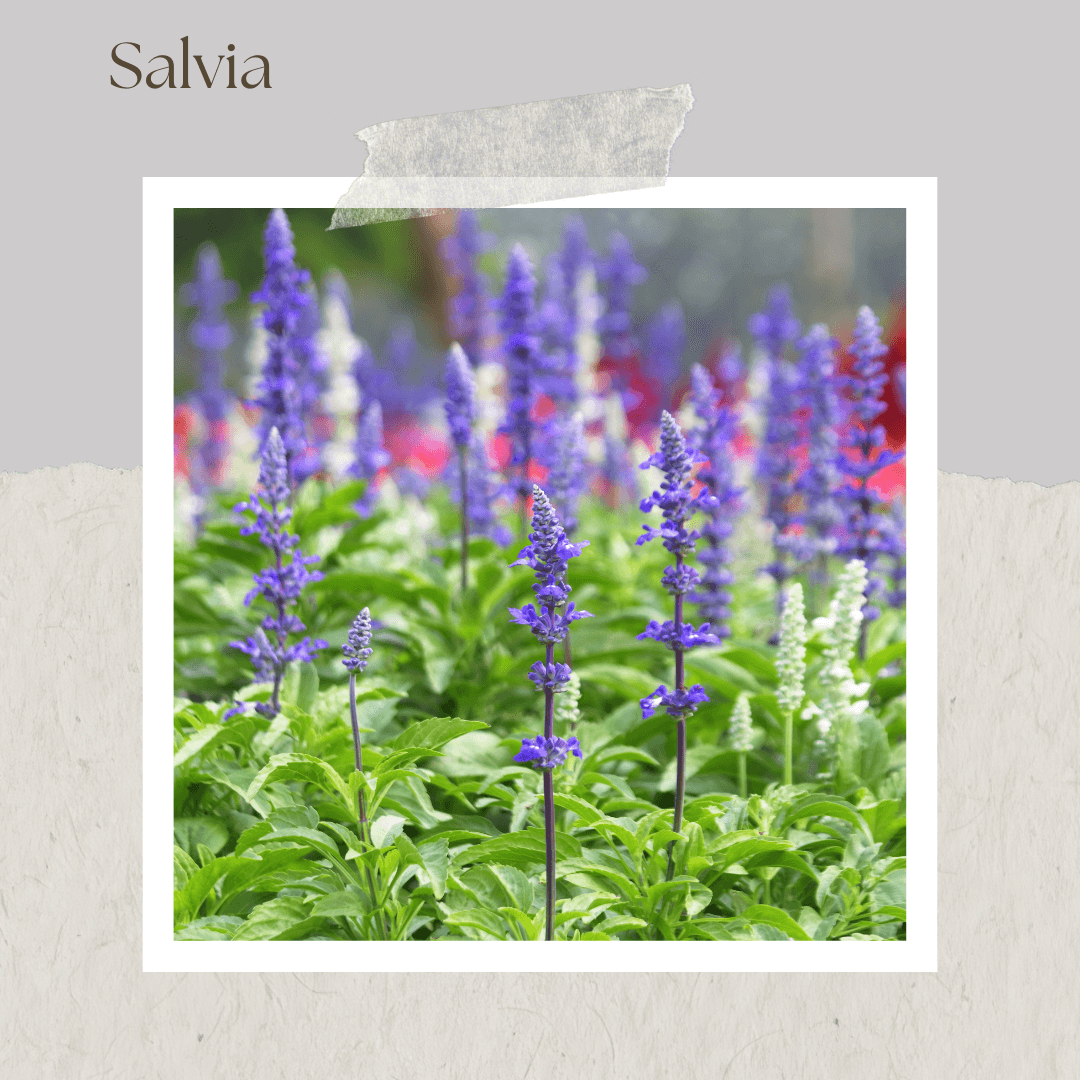
Salvia, commonly known as sage, is a genus of herbaceous perennial plants in the mint family (Lamiaceae). There are over 900 species of Salvia, ranging from annuals to woody shrubs, and they are distributed worldwide, with many species native to regions in Central and South America.
Here's how Salvia is good for pollinators:
- Abundant Nectar: Salvia plants produce abundant nectar, which attracts a variety of pollinators, including bees, butterflies, and hummingbirds. The tubular-shaped flowers of many Salvia species are particularly well-suited for pollinators with long proboscises, such as certain species of bees and butterflies.
- Long Blooming Period: Salvia flowers typically have a long blooming period, often lasting from late spring through summer and into fall. This extended flowering period provides a consistent source of nectar for pollinators throughout the growing season, supporting their health and populations.
- Attractive to a Variety of Pollinators: Salvia flowers are known for their attractiveness to a diverse array of pollinators. Bees, including honeybees, bumblebees, and solitary bees, are frequent visitors to Salvia blooms, as are butterflies, such as monarchs and swallowtails. Additionally, certain species of hummingbirds are known to feed on the nectar of Salvia flowers.
- Colorful and Ornamental: Salvia plants are valued not only for their pollinator-attracting qualities but also for their ornamental value. Many species and cultivars of Salvia feature colorful flowers in shades of blue, purple, pink, red, or white, adding beauty and visual interest to gardens and landscapes.
- Adaptability and Diversity: Salvia plants exhibit a wide range of growth habits, sizes, and environmental preferences, making them adaptable to various garden conditions. Whether grown as annuals, perennials, or shrubs, there is likely a Salvia species or cultivar suitable for nearly any garden or landscape.
From the vibrant blooms of sunflowers to the delicate petals of cosmos, each of these pollinator-friendly plants brings its own unique charm to the garden. While they share the common goal of attracting bees, butterflies, and hummingbirds with abundant nectar and pollen, their individual characteristics and blooming periods ensure a diverse and thriving ecosystem. Whether it's the towering stature of sunflowers, the easy accessibility of zinnias, the aromatic allure of lavender, the striking beauty of coneflowers, or the ornamental appeal of salvia, there's a perfect pollinator plant for every garden. Together, they create a tapestry of color, fragrance, and life, enriching our outdoor spaces and supporting the vital work of pollinators.
Check out this free guide for pollinator-friendly flowers:
🌸 From my homestead heart to yours —
If you’re walking this same journey of homemaking, decluttering, and creating a peaceful, faith-filled home, you’re not alone.
I’d love to share encouragement, simple living inspiration, and homestead wisdom with you — right to your inbox.
If you’re walking this same journey of homemaking, decluttering, and creating a peaceful, faith-filled home, you’re not alone.
I’d love to share encouragement, simple living inspiration, and homestead wisdom with you — right to your inbox.
– Amanda | The HomeGrown Mom 🌾
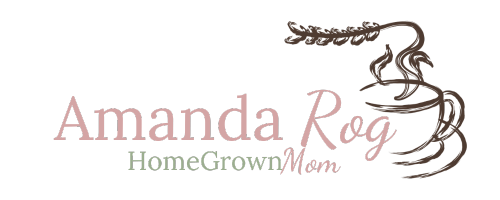


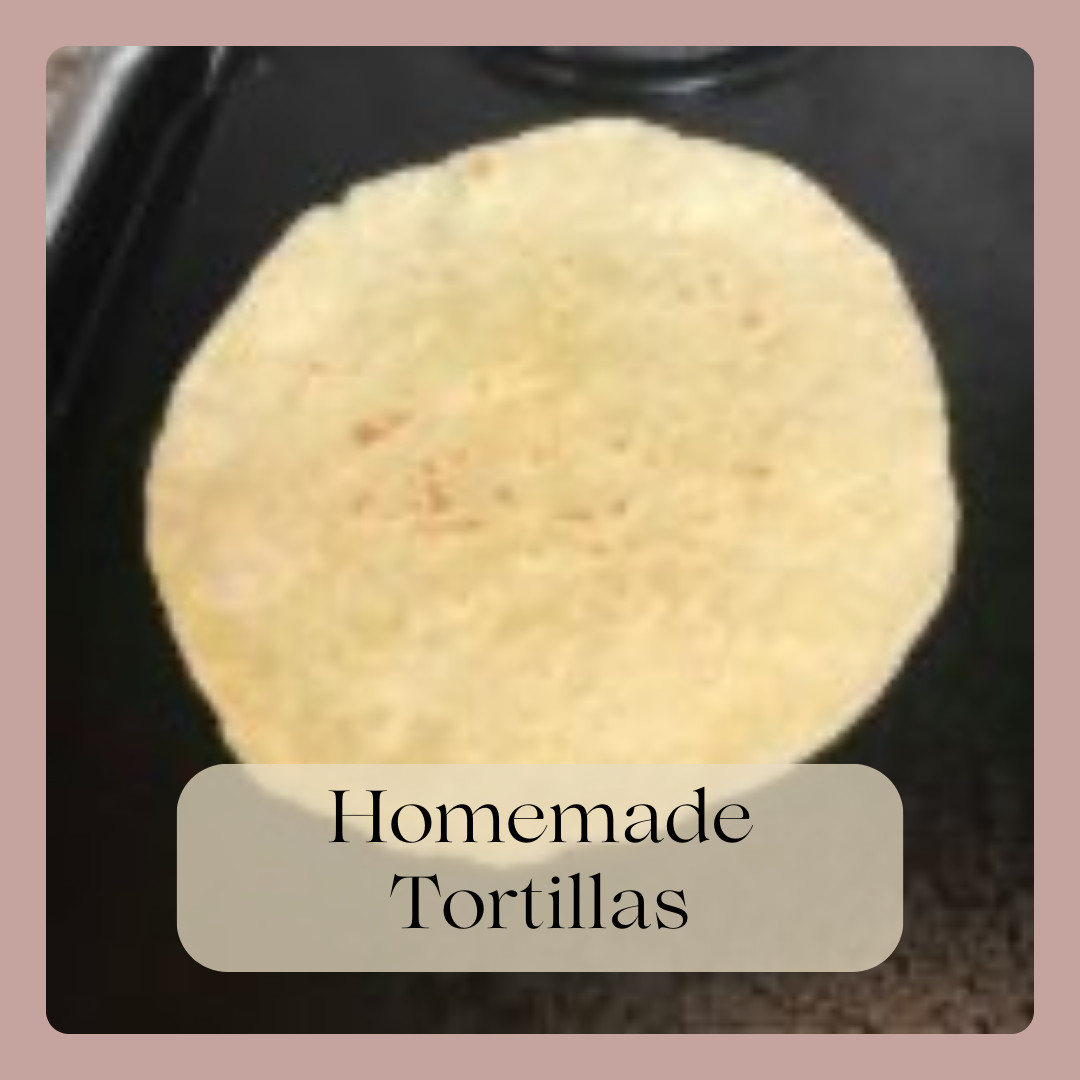


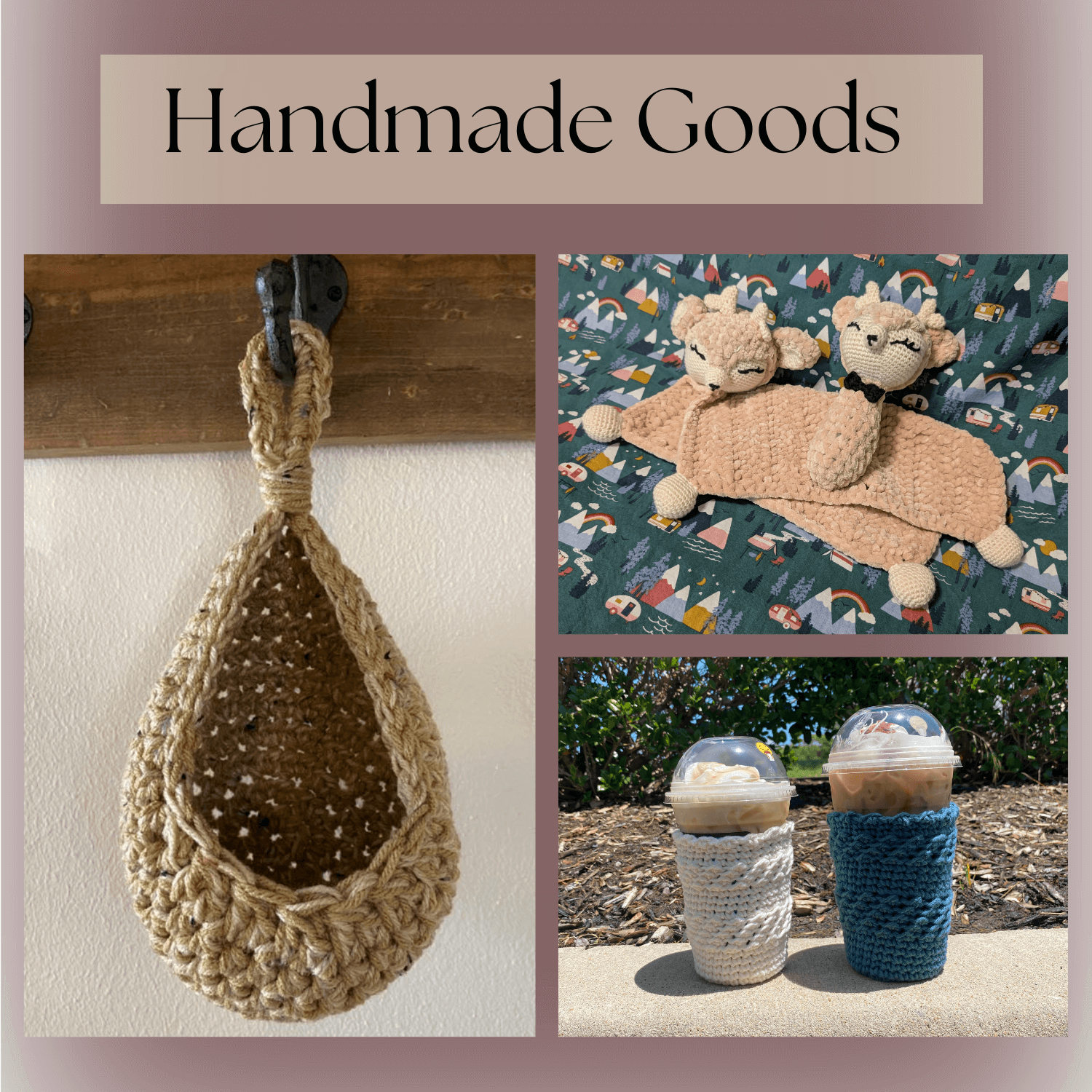


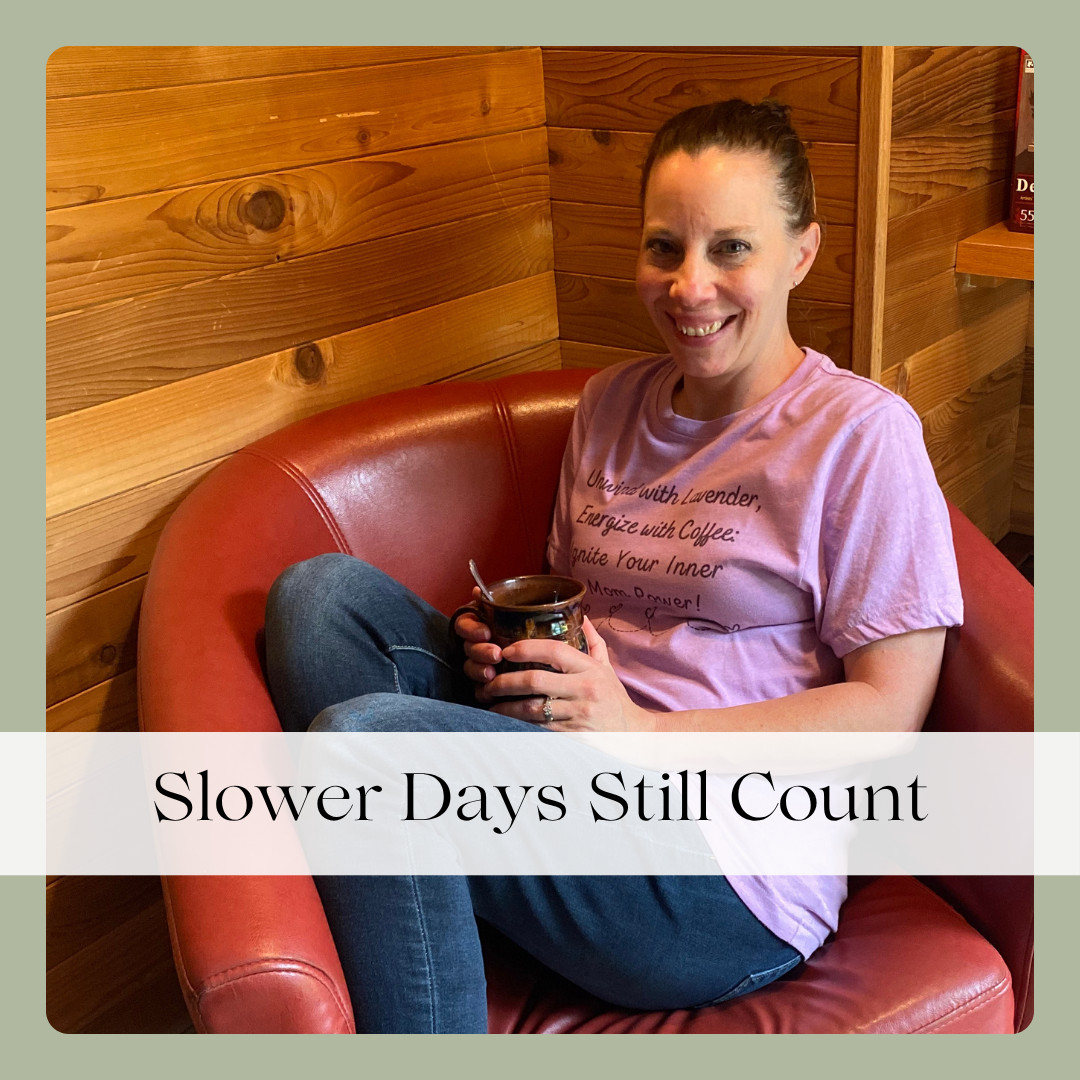

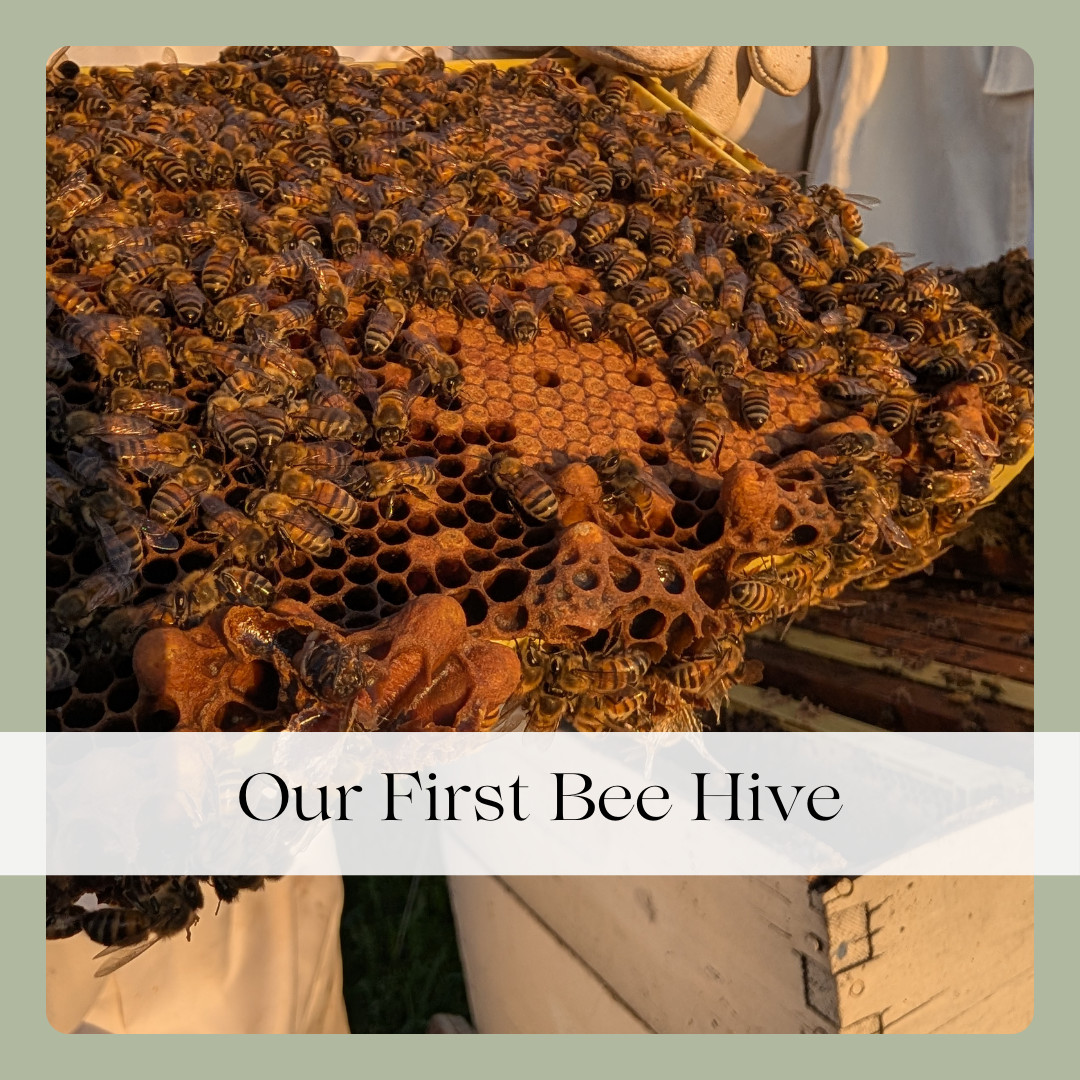

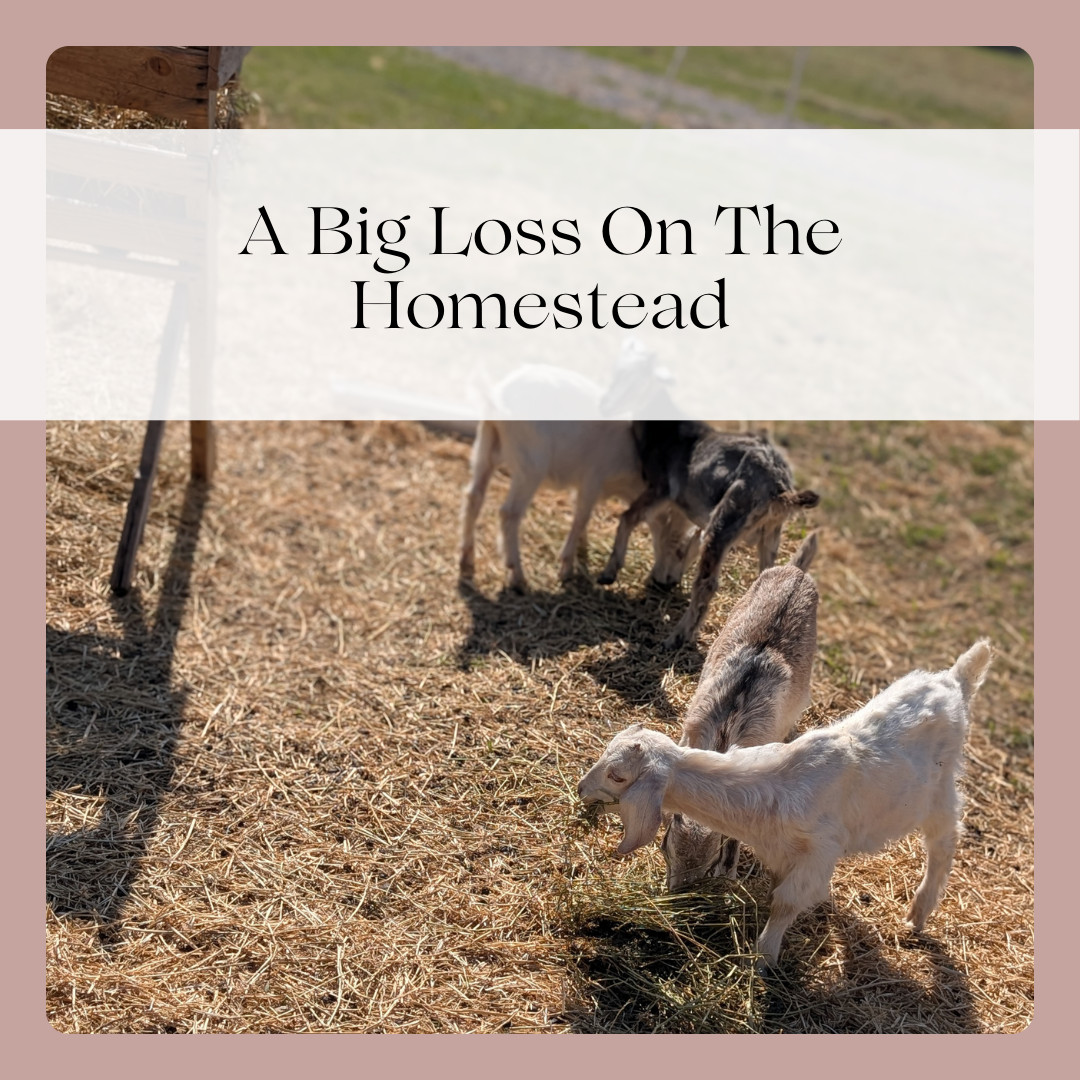
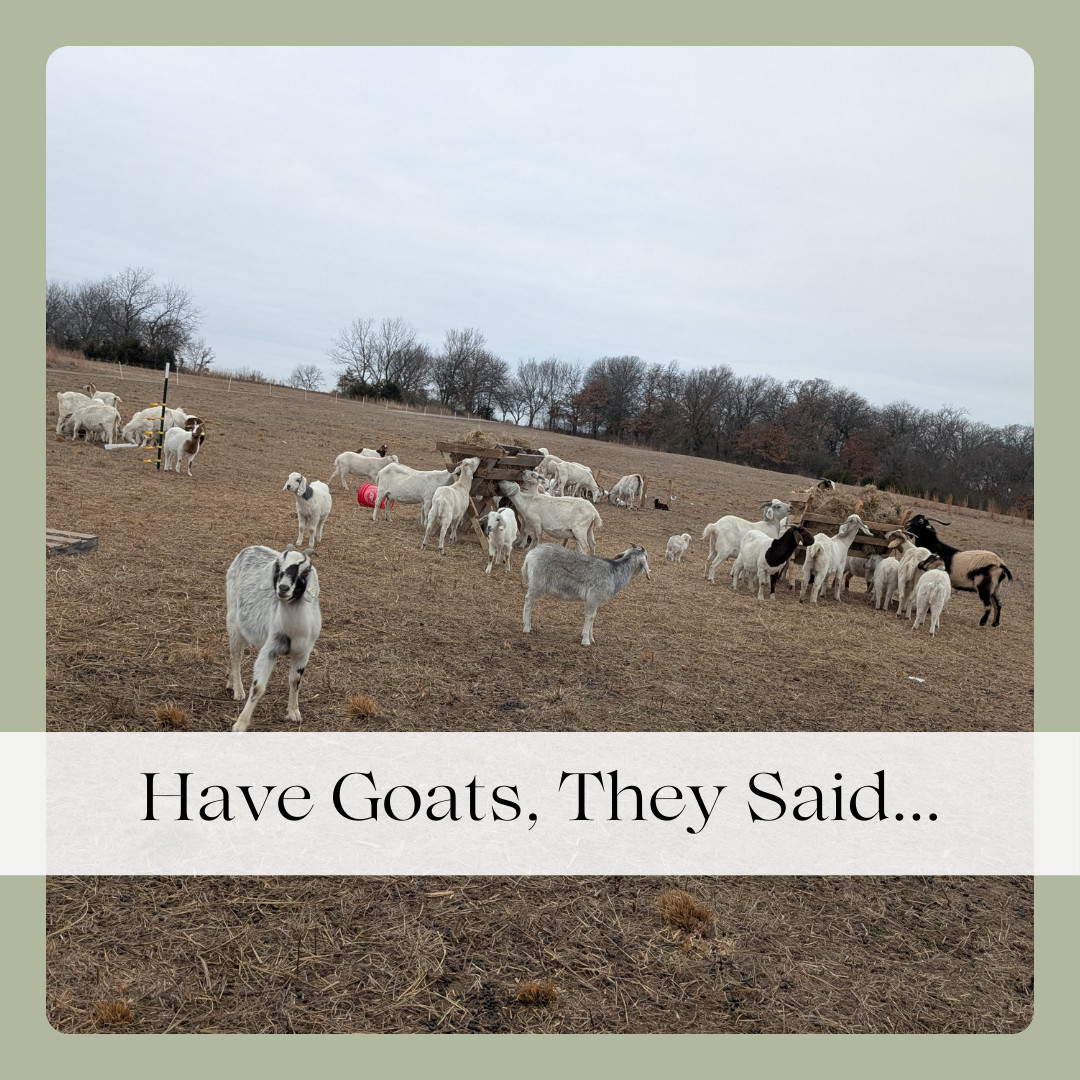
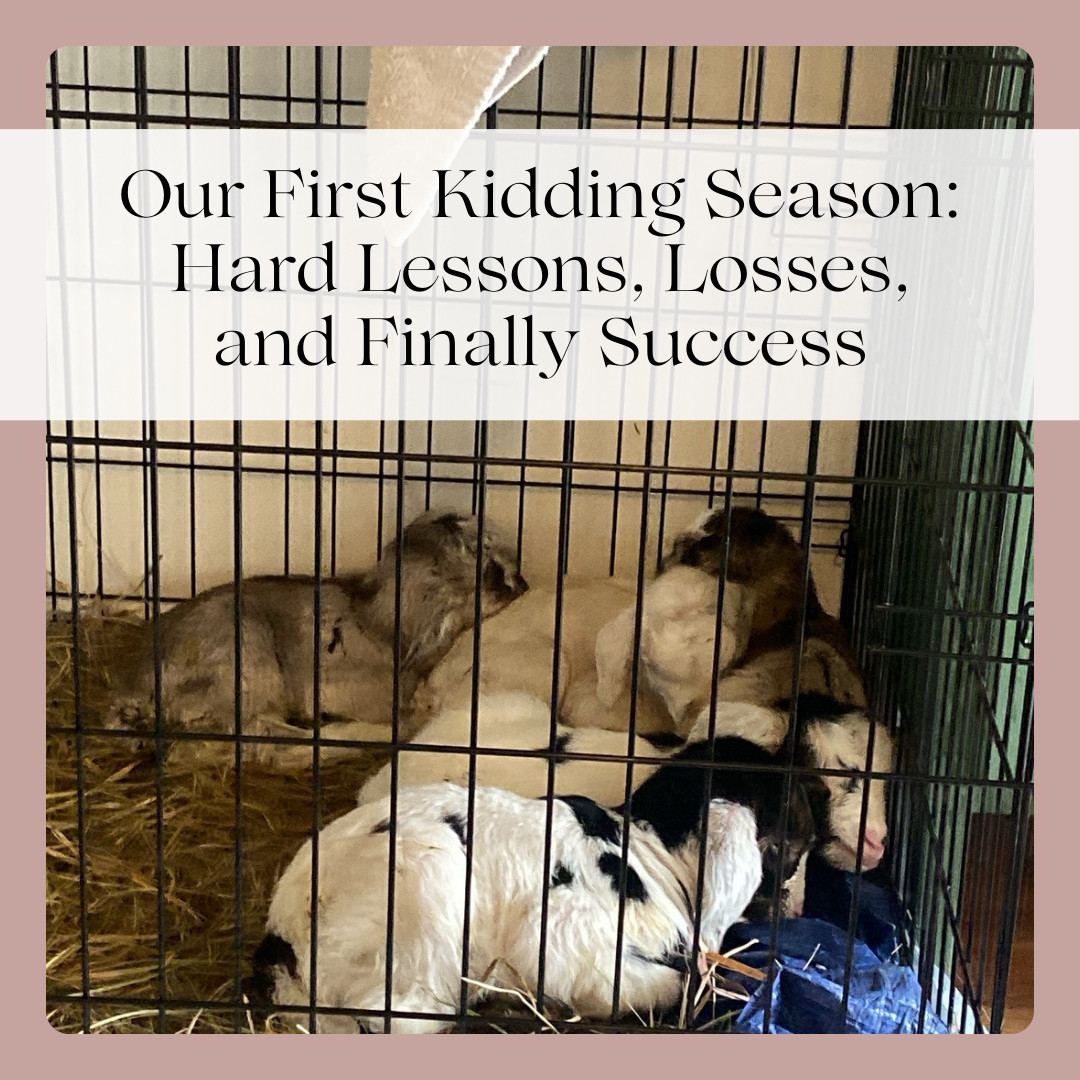






0 Comments